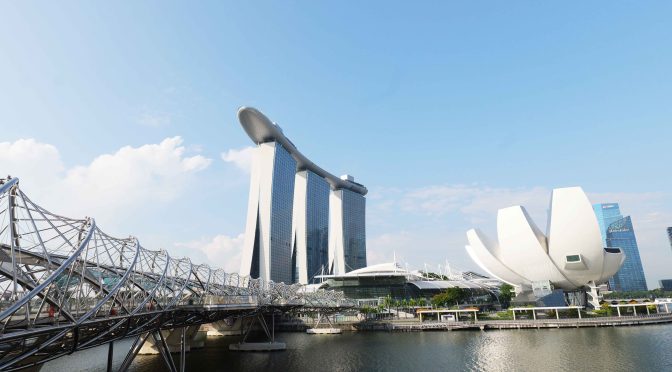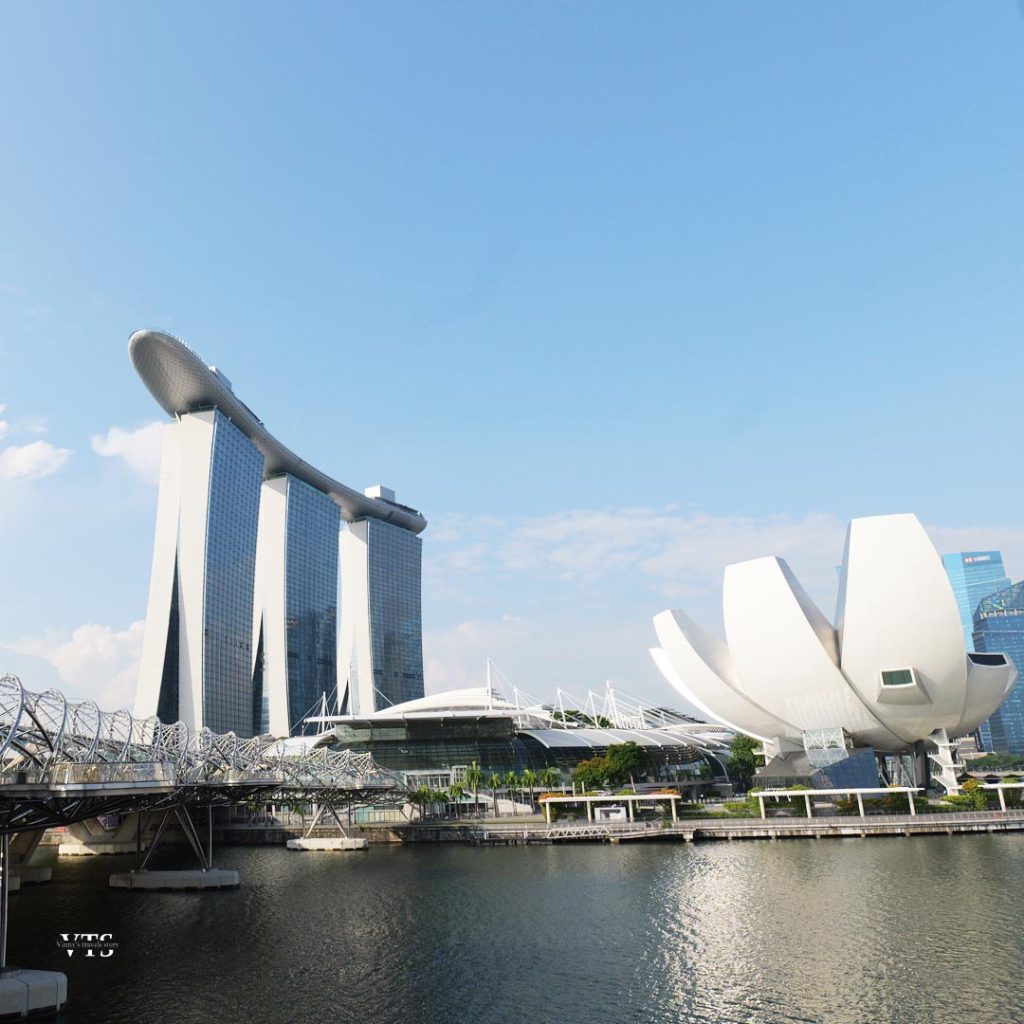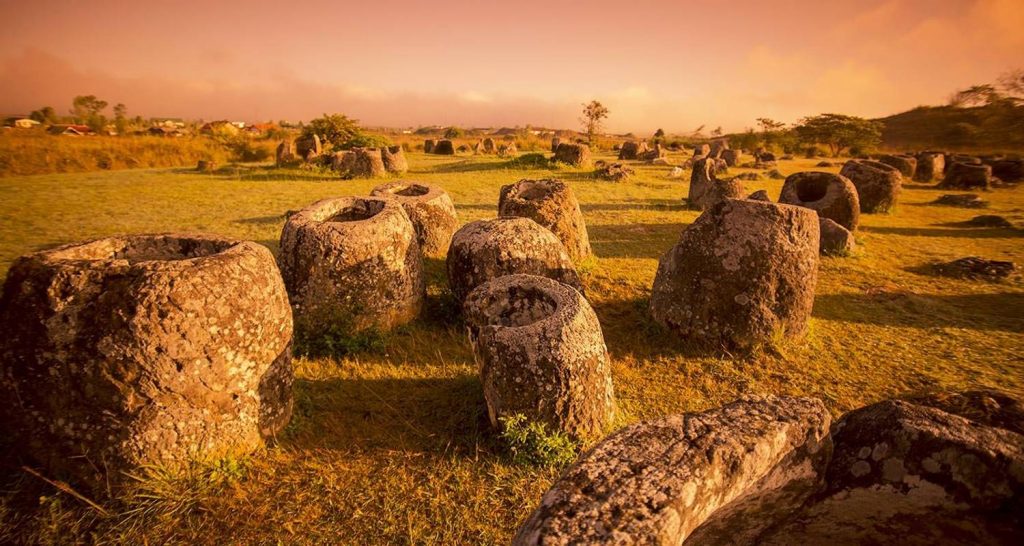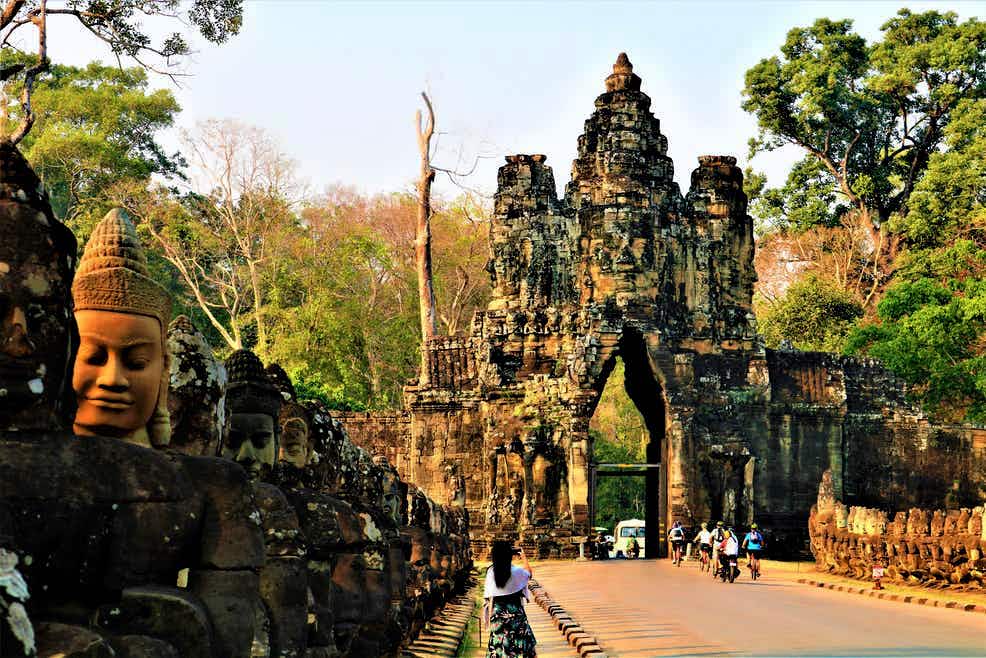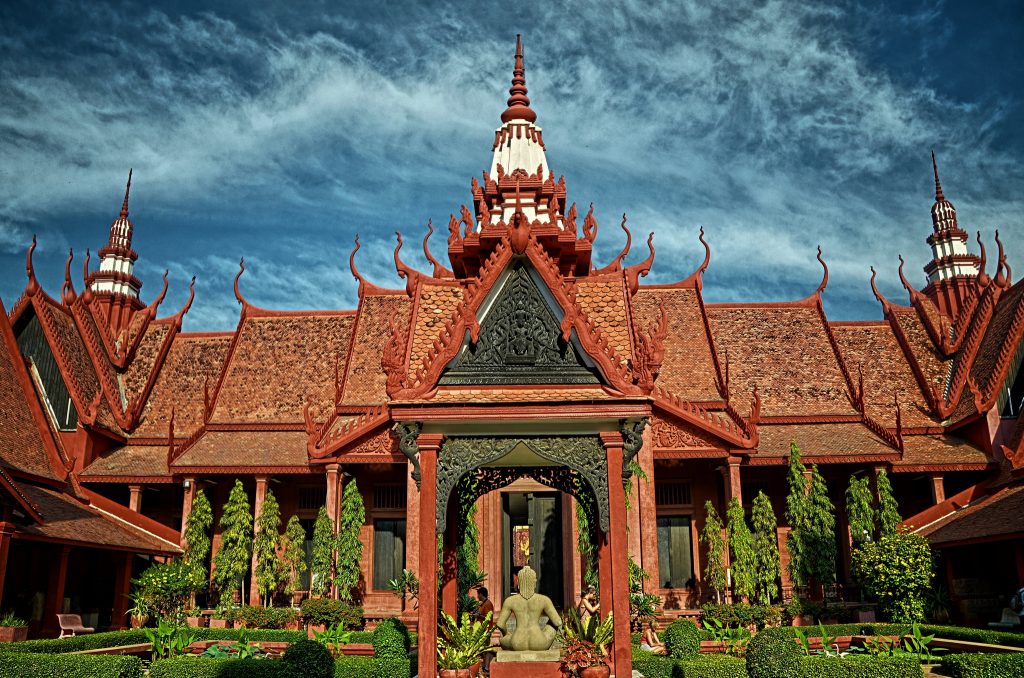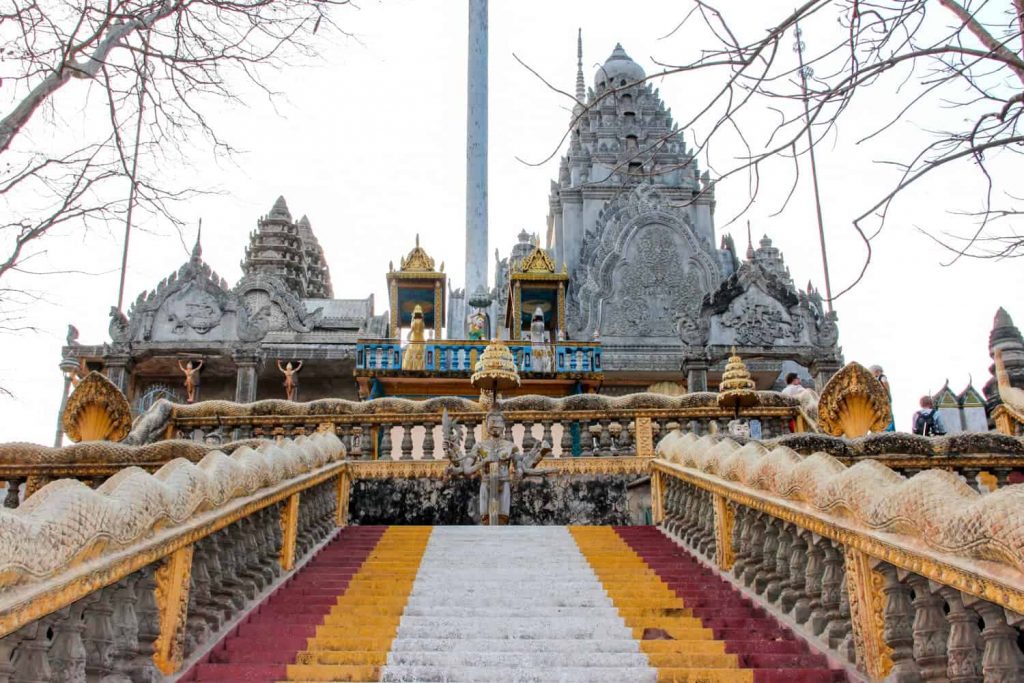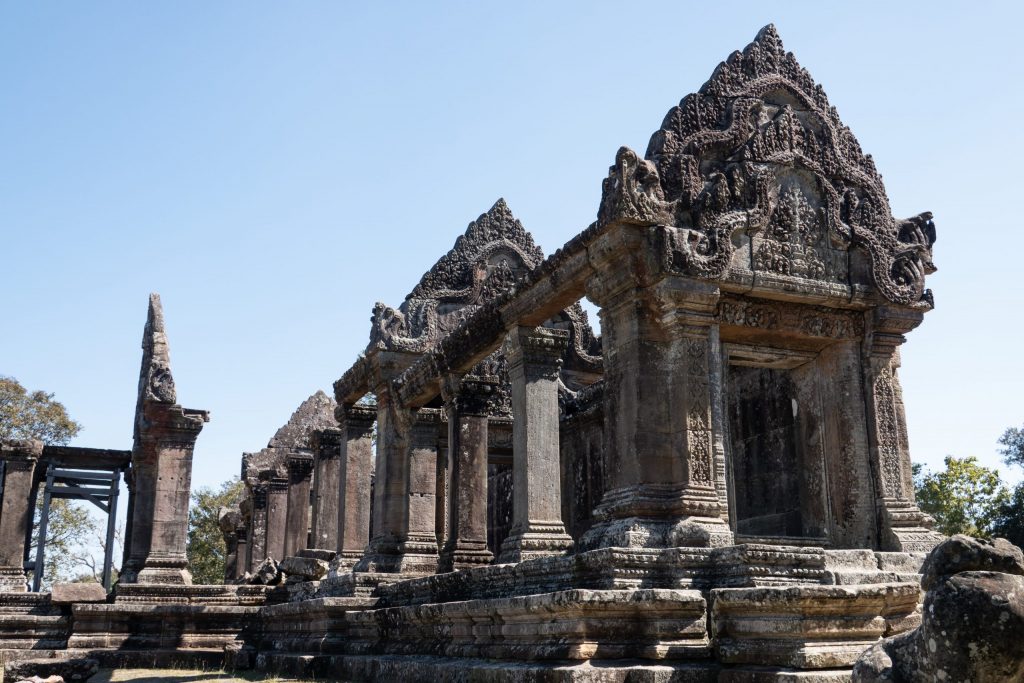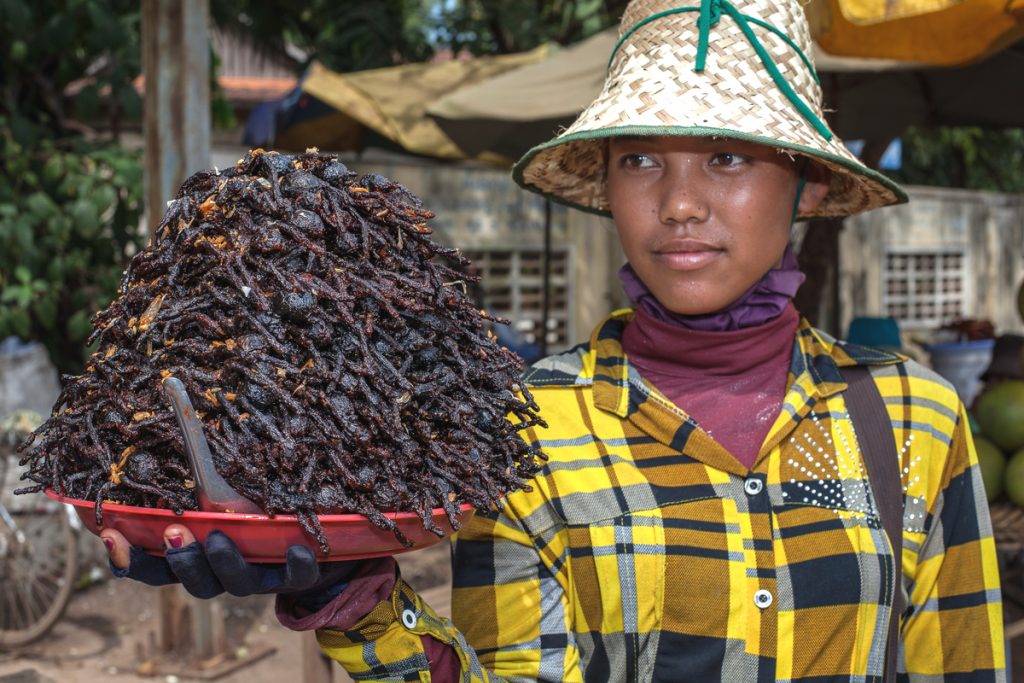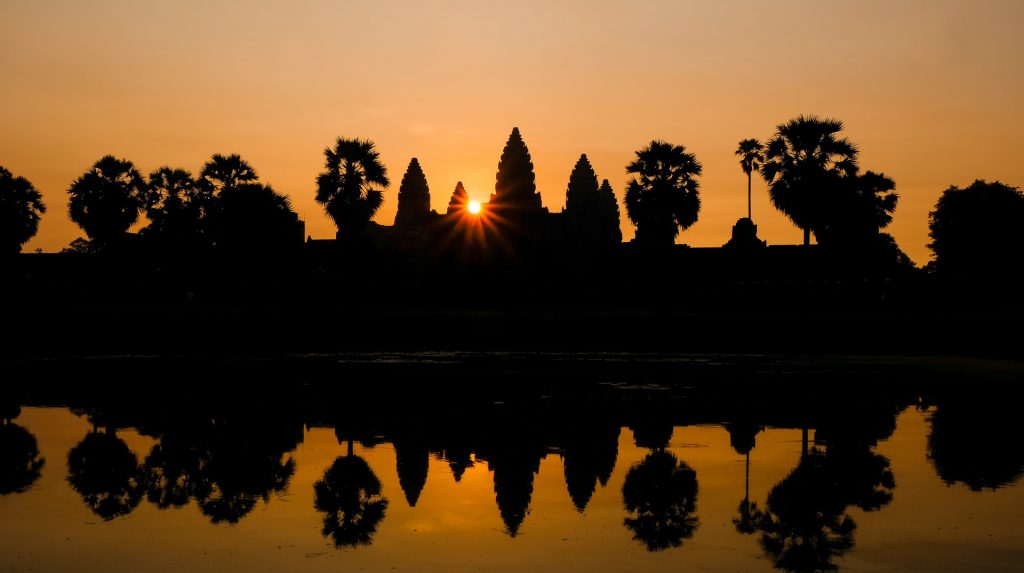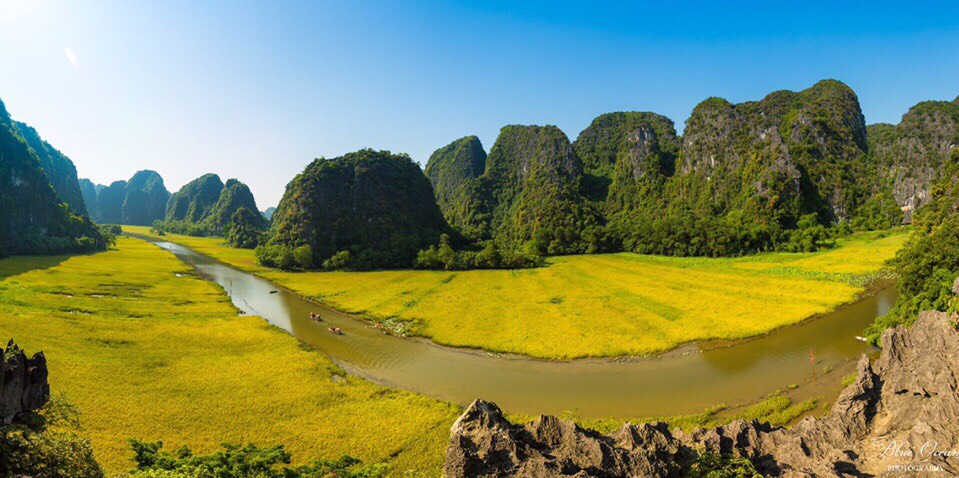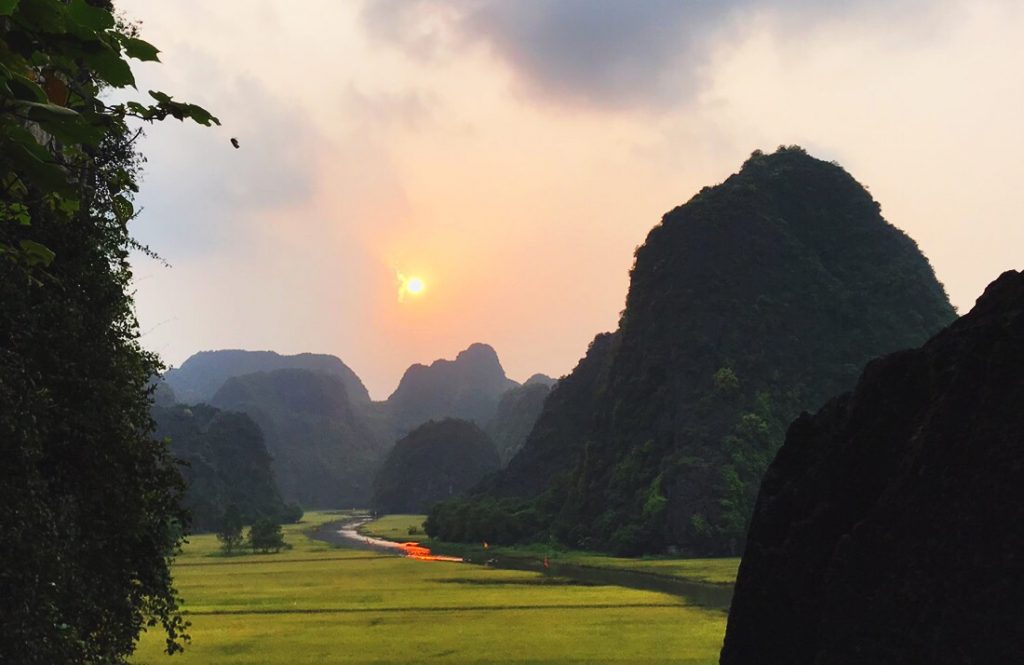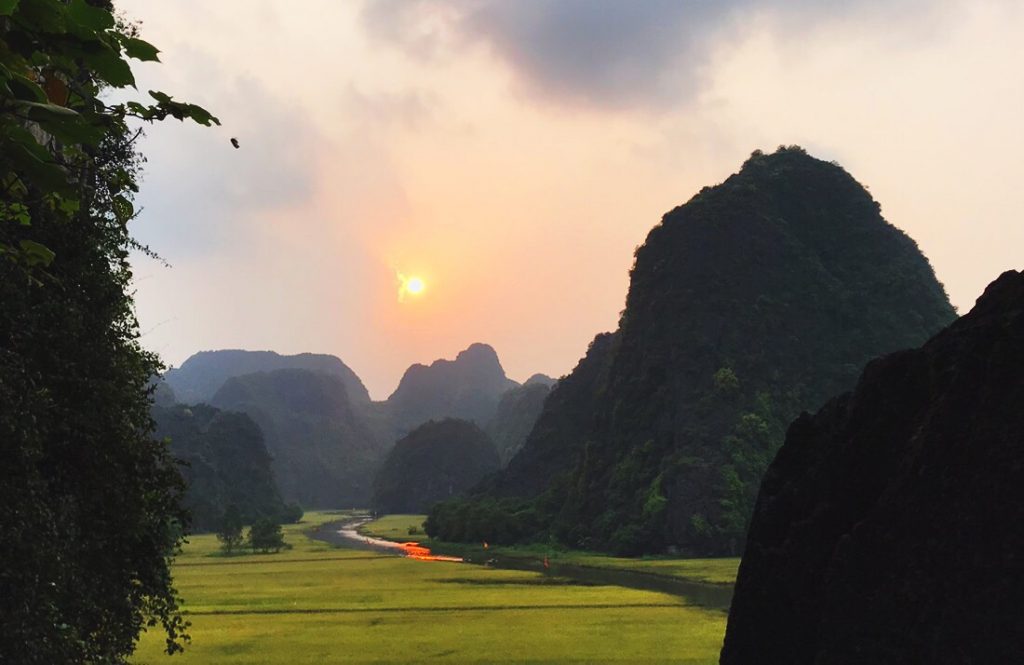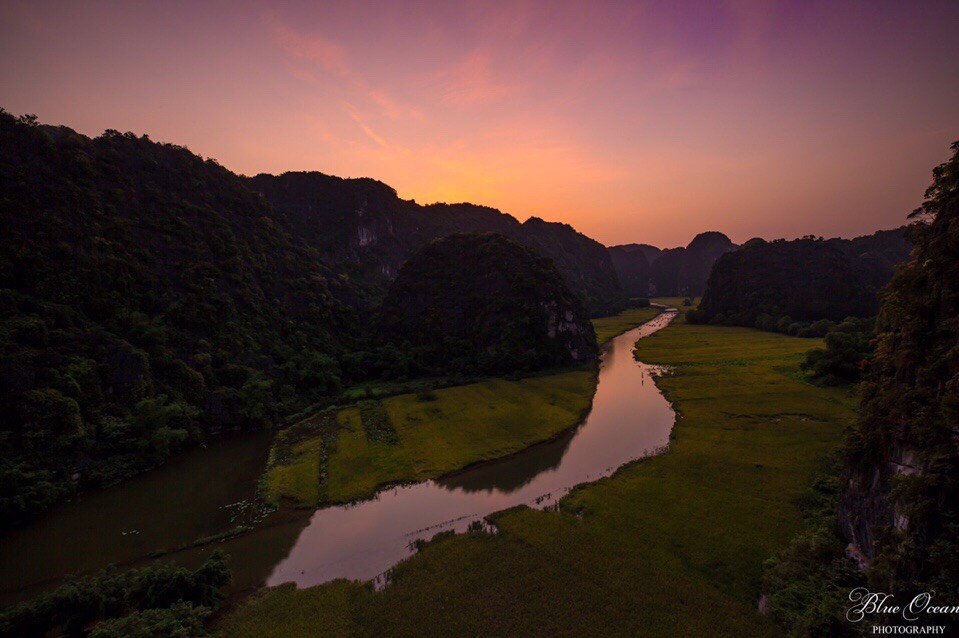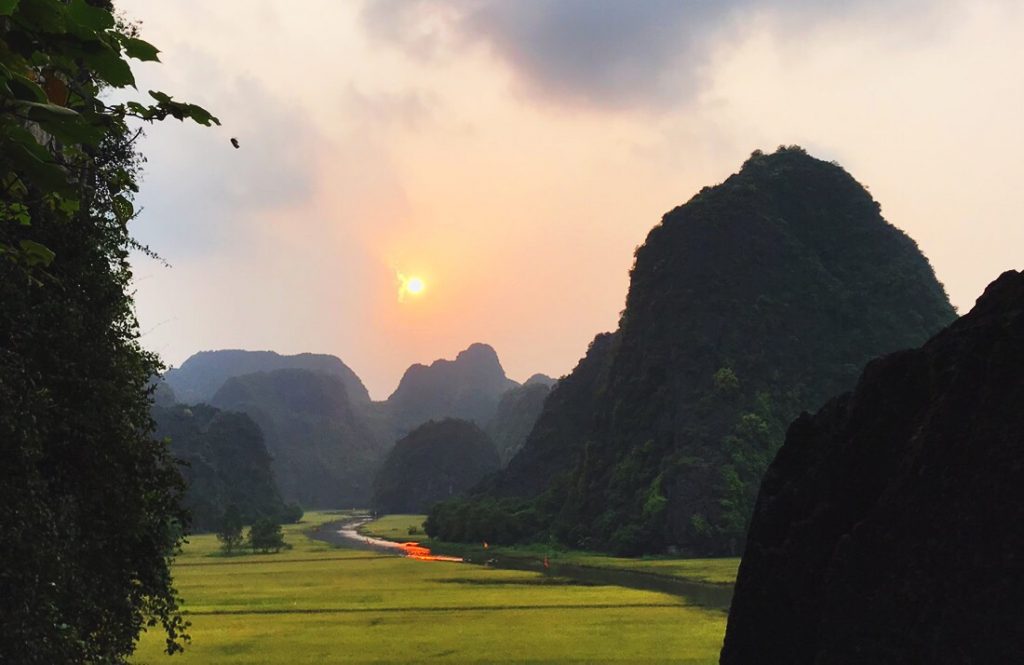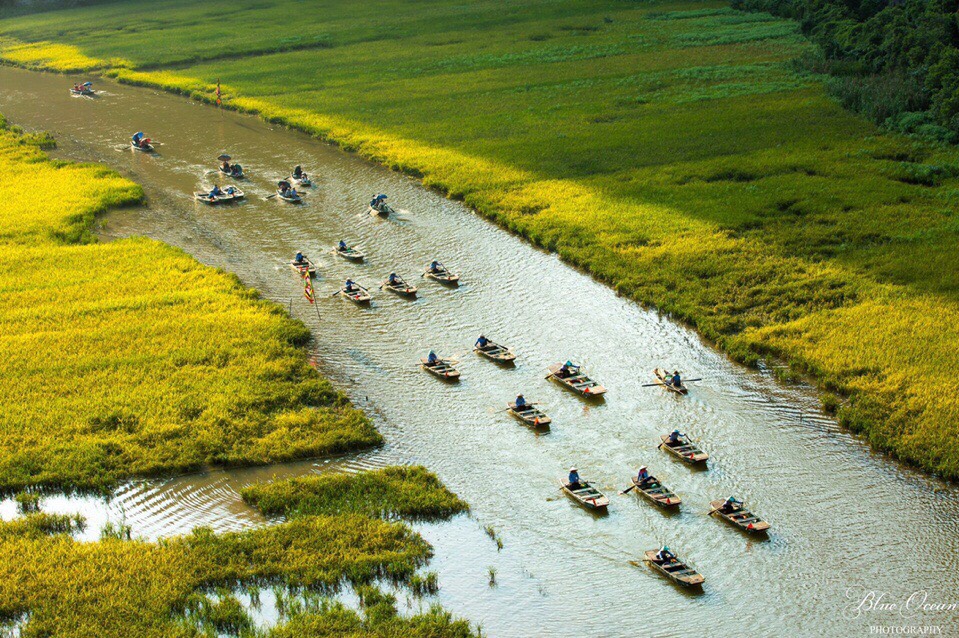ABOUT CHINA
China, with its rich tapestry of ancient traditions, futuristic cities, natural wonders, and diverse cultures, is more than just a destination—it’s an experience. Whether you’re wandering through the Great Wall, feasting on xiao long bao in Shanghai, or discovering the mystical landscapes of Zhangjiajie, China offers an adventure for every kind of traveler.
China main facts
Where is China?
China is located in East Asia and is the third-largest country in the world by area, after Russia and Canada. It shares borders with 14 countries, including India, Russia, Mongolia, and Vietnam, making it one of the most geographically connected nations. To the east, it faces the Pacific Ocean, with major coastal cities like Shanghai and Hong Kong. China’s vast territory stretches from the Himalayas in the southwest to the Gobi Desert in the north and from the tropical forests of Yunnan in the south to the bustling metropolises of the eastern seaboard. Its diverse geography and strategic location have played a crucial role in shaping its rich history and cultural influence across Asia.
China Population
China is the most populous country in the world, with a population of over 1.4 billion people. This massive population is spread across 23 provinces, five autonomous regions, four direct-controlled municipalities, and two Special Administrative Regions—Hong Kong and Macau. While major cities like Beijing, Shanghai, and Guangzhou are densely populated urban centers, a significant portion of the population still lives in rural areas. China’s demographic landscape is shaped by decades of rapid urbanization, economic development, and social policies such as the former one-child policy, which was replaced by a two-child policy in 2016 and later a three-child policy in 2021 to address aging population concerns. The population’s diversity is also notable, with 56 recognized ethnic groups, the largest being the Han Chinese, who make up over 90% of the population.
China currency
China’s official currency is the Renminbi (RMB), which literally means “People’s Currency.” The most commonly used unit of the Renminbi is the Yuan (¥). You’ll often see it abbreviated as CNY (Chinese Yuan) in international financial contexts, or as RMB domestically.
As of April, 2025, here are the approximate exchange rates for converting major currencies into Chinese Yuan (CNY):
US Dollar (USD): 1 USD ≈ 7.24 CNY
British Pound (GBP): 1 GBP ≈ 9.38 CNY
Euro (EUR): 1 EUR ≈ 7.86 CNY
Australian Dollar (AUD): 1 AUD ≈ 4.55 CNY
Singapore Dollar (SGD): 1 SGD ≈ 5.42 CNY
China Visa
Traveling to China typically requires a visa for most foreign visitors, and the type of visa you need depends on the purpose of your visit—whether it’s for tourism, business, study, or work. The most common option for tourists is the L Visa, which usually allows for stays of 30 days.
To apply, you’ll need a valid passport, a completed application form, a recent passport-sized photo, and documents such as a flight itinerary and hotel reservations or an invitation letter from a Chinese host. Applications can be submitted through Chinese embassies, consulates, or authorized visa centers in your country. It’s recommended to apply at least one month before your travel date.
Note that visa policies can change, so it’s always best to check the official website of the Chinese embassy or consulate in your country for the latest requirements and updates.
I/ China history in brief
China has one of the world’s oldest and most continuous civilizations, with a history spanning over 5,000 years.
It began with the legendary Xia Dynasty, followed by the Shang and Zhou dynasties, which laid the foundations of Chinese culture, philosophy, and governance.
The Qin Dynasty (221–206 BCE) unified China under the first emperor, Qin Shi Huang, and began construction of the Great Wall.
The Han Dynasty established a golden age of innovation, trade (including the Silk Road), and Confucian values.
Over centuries, powerful dynasties like the Tang, Song, Yuan (Mongol), Ming, and Qing rose and fell, shaping China’s rich cultural legacy.
After the fall of the Qing in 1911, China underwent periods of war, revolution, and reform, eventually founding the People’s Republic of China in 1949 under communist leadership. Today, it stands as a global power with a complex history that continues to influence its modern identity.
II/ China Weather
Wondering when is the best season to visit China? Here is a glance of China weather to refer before making your trip there:
China’s climate is incredibly diverse due to its vast size and varied topography. It ranges from tropical in the south to subarctic in the north, with four distinct seasons: spring, summer, autumn, and winter.
- Northern China (e.g., Beijing, Inner Mongolia): Winters are cold and dry, with temperatures often dropping below freezing, while summers can be hot and humid. Snow is common in winter.
- Southern China (e.g., Guangzhou, Hong Kong): The climate is subtropical, with mild winters and hot, humid summers. This region experiences heavy rainfall during the monsoon season (June–August).
- Western China (e.g., Xinjiang, Tibet): These areas have a more arid, high-altitude climate. The Tibetan Plateau has very cold winters and cool summers, while Xinjiang is a desert region with hot summers and cold winters.
- Central and Eastern China (e.g., Shanghai, Chengdu): These regions experience a mix of humid subtropical and temperate climates, with hot, humid summers and cold, dry winters. Rainfall is more frequent in the summer months.
Overall, the best times to visit China are during spring (April–May) and autumn (September–October) when the weather is mild and pleasant.
III/ Main religion in China
China is a religiously diverse country, but the main religious practices are rooted in Buddhism, Taoism, and Confucianism, with a significant number of people also following folk religions or identifying as non-religious.
IV/ Where to visit in China
China is an enormous country that you might not see every part of China within a trip. Despite there are majestic and stuninng off-the-beaten destinations in China, here are the most outstanding and must-see of China for you to visit, especially for the first time to China.
Top Destinations
Beijing
Shanghai
Xi’an
Chengdu
Guilin & Yangshuo
Zhangjiajie
Chinese food to try
Peking Duck (Beijing)
Xiao Long Bao (Soup dumplings in Shanghai)
Mapo Tofu (Spicy and numbing Sichuan dish)
Lanzhou Noodles (Hand-pulled and hearty)
Dim Sum (Southern China, especially Guangdong and Hong Kong)

